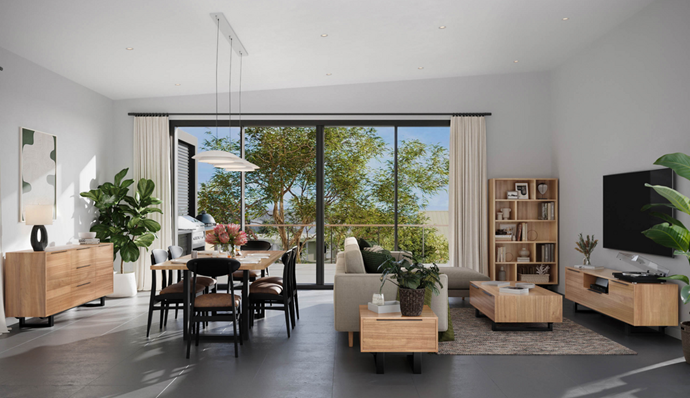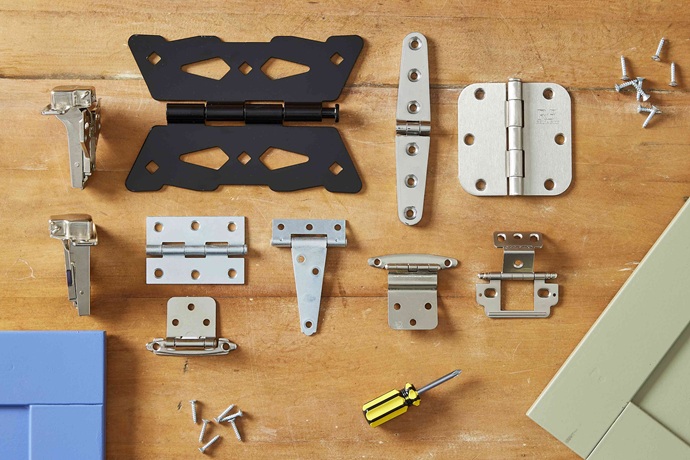Chandeliers have long been a symbol of opulence and sophistication in interior design, transforming ordinary spaces into extraordinary ones. They are a perfect lighting fixture to set the tone in the living room, add character to the dining room, or impress visitors in the foyer. Choosing the right chandelier involves careful consideration of various factors to ensure that it not only illuminates your space but also enhances its overall aesthetic appeal.
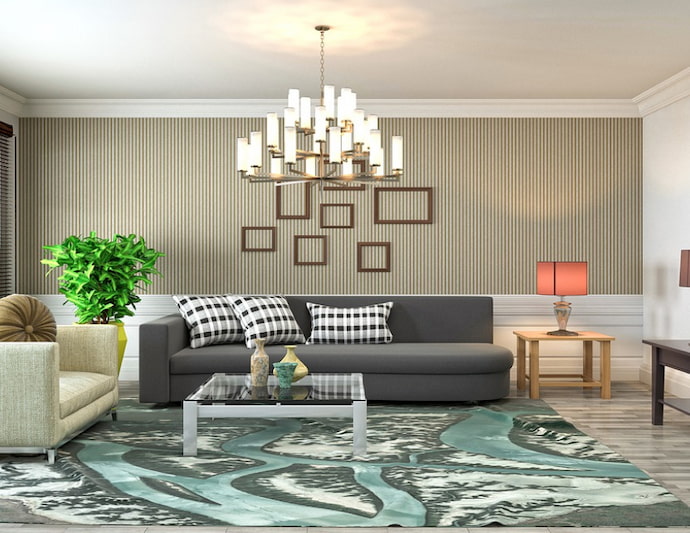
Designs and Styles
Chandeliers come in an array of designs and styles, ranging from traditional to modern, rustic to glamorous. Understanding the different options will help you make an informed decision that aligns with your personal taste and the overall theme of your space.
Traditional Chandeliers
Characterized by intricate details and classic shapes, traditional chandeliers often feature crystal or glass elements. The multiple arms and candelabras adorned with beads and crystals hanging beneath create a statement like no other lighting fixture. Perfect for formal dining rooms, living rooms, or entryways, elegant lighting chandeliers are timeless elements that enhance the home interior.
Modern Chandeliers
Embracing clean lines, minimalistic designs, and innovative materials, modern chandeliers suit contemporary and eclectic interiors. Modern designs focus on satin nickel or chrome finishes and minimal ornate decorations. Choose from abstract shapes, geometric patterns, or avant-garde designs to make a bold statement.
Rustic Chandeliers
Crafted from materials like wrought iron, wood, or antlers, rustic chandeliers bring a touch of nature indoors. Ideal for country homes, cabins, or rooms with a farmhouse aesthetic, these lighting chandeliers add warmth and charm.
Glamorous Chandeliers
Featuring luxurious materials such as crystal, gold, or silver, glamorous chandeliers add a touch of luxury and drama to any space. Best suited for formal dining rooms, grand foyers, or upscale bedrooms, these chandeliers create a stunning focal point.
Transitional Chandeliers
Striking a balance between traditional and modern aesthetics, transitional chandeliers offer versatility. These chandeliers work well in spaces where you want a blend of classic and contemporary elements.
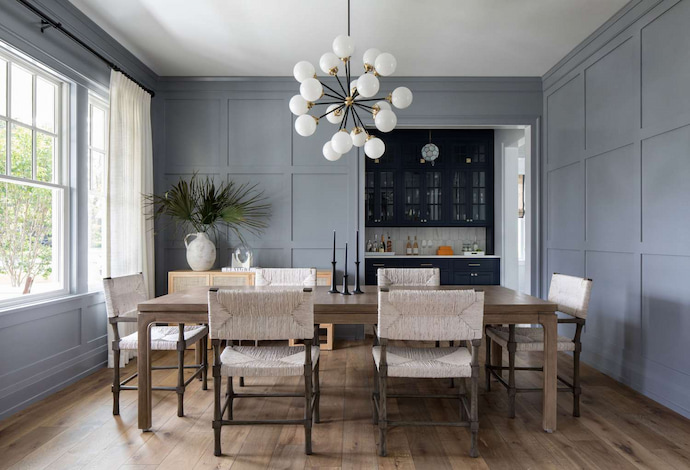
Things to Consider
Whatever style or design of chandelier lights you choose, keep in mind that their size and positioning are the key elements to achieving the desired look. Think about the dimension of the space, the height of the ceiling, the size of the lights, and the height at which you place them. Here are a few tips:
Size
Consider the size of the room when choosing a lighting chandelier. A too-small chandelier can get lost in a large space, while an oversized one may overwhelm a smaller room. For dining rooms, a general guideline is to choose a chandelier with a diameter roughly 1/2 to 2/3 the width of the table.
Height
Proper height placement is crucial. The bottom of the chandelier should be at least 30 inches above the dining table to avoid glare and ensure ample illumination. In rooms with higher ceilings, consider a two-tiered chandelier or one with an adjustable chain to maintain proportionality.
Placement
The placement of your chandelier depends on the room’s purpose. In a dining room, centre the chandelier above the table. In living rooms or entryways, ensure the chandelier is a focal point without obstructing traffic flow. If you place it too low, it will hinder the flow, too high and the light will be too dim, so you need to get it just right.
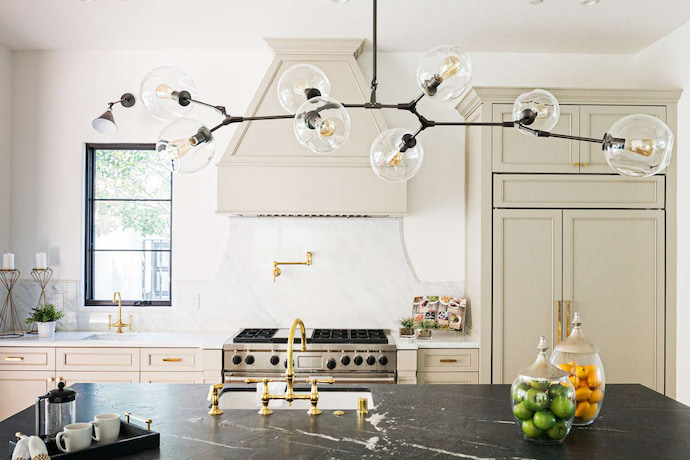
Can Chandeliers Give Enough Light?
Consider the chandelier’s primary function. Some chandeliers provide ambient light, while others may offer task lighting for specific areas. Dimmer switches provide flexibility, allowing you to adjust the chandelier’s brightness according to the occasion. However, keep in mind that these lighting fixtures are first and foremost decorative and meant to impart style and ambiance. They work best as part of a layered lighting scheme, together with recessed cans, wall scones, or table lights.
Do They Need to Match Other Lighting Fixtures?
This mixture of different types of lighting could be tricky as you don’t want a complete mismatch, but you should also avoid styles that are too matchy. Look for pieces that speak to each other and have some variety of a coordinating element that ties them together. That could be the material, genre, shape, or lines. Anything that makes them look cohesive without repeating the same look entirely.
Can I Hang a Chandelier Over the Dining Table if the Electrical Box is Not Centred There?
If the chandelier is placed on the corner or side of the dining table, it will give you a feeling of misplaced furniture and a strange ambiance in the room. If the electrical box is not in the position you need it, you can do two things. In the case of drywall ceilings, an electrician can move the box to the centre over the table. If the ceilings are concrete, then you can use a swag hook over the table and suspend the cords that go from the junction box to the hook in a hide-a-cord to conceal them.
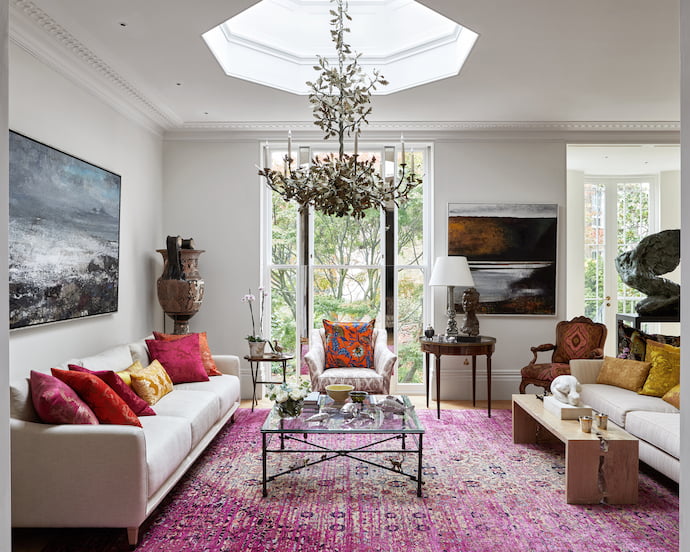
Final Word
Choosing the perfect chandelier involves a harmonious blend of design, style, size, height, and placement considerations. When you understand the diverse designs available and carefully evaluate the needs of your space, you can elevate your home’s ambiance and make a lasting impression. Whether you opt for a traditional crystal chandelier or a sleek modern piece, let your choice illuminate not only your room but also your unique sense of style.













